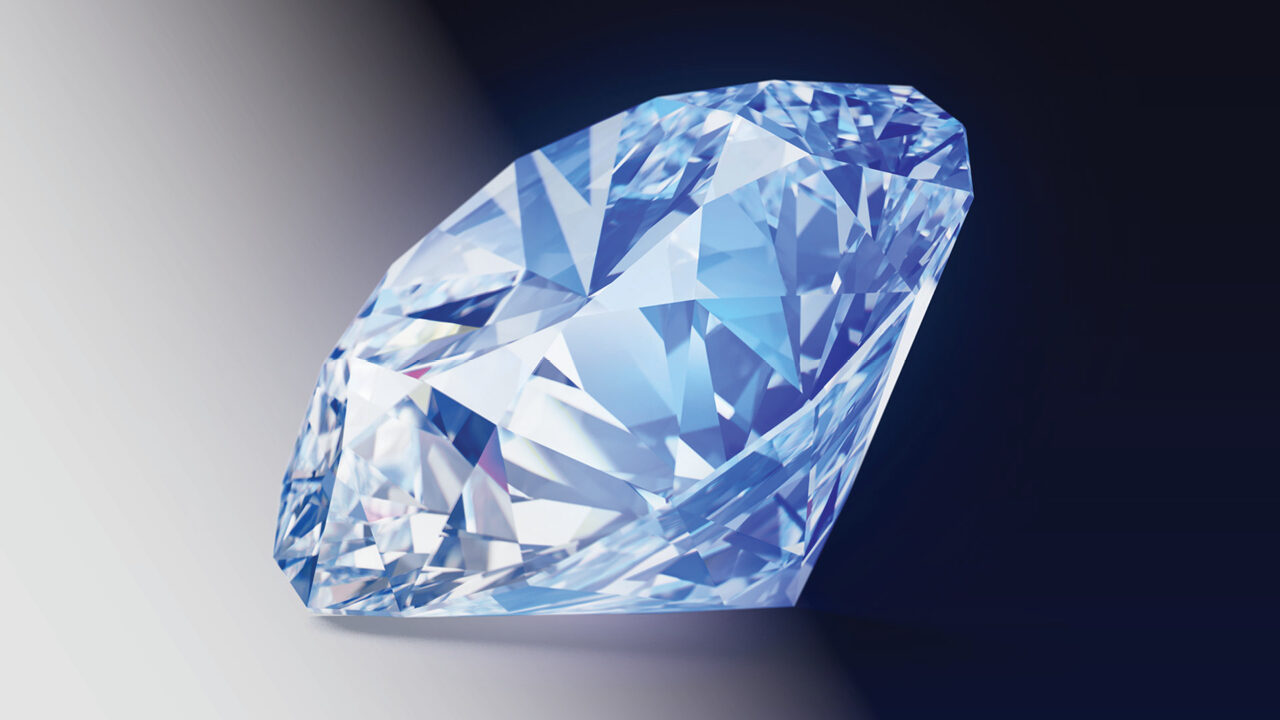
In the world of precious gems, diamonds reign supreme, captivating hearts with their brilliance and enduring beauty. While selecting the perfect diamond for an engagement ring in Manchester, you may encounter the term “diamond fluorescence.” This intriguing phenomenon, often shrouded in mystery, can influence a diamond’s appearance and value.
Understanding Diamond Fluorescence
Diamond fluorescence refers to the ability of a diamond to emit a visible light when exposed to ultraviolet (UV) radiation. This phenomenon is caused by trace elements within the diamond’s crystal structure, such as boron or nitrogen. The intensity of fluorescence is graded on a scale from None to Very Strong, with None indicating no visible fluorescence and Very Strong indicating a noticeable blue glow.
Impact of Diamond Fluorescence on Appearance
The most significant impact of diamond fluorescence on appearance is its potential to enhance or detract from a diamond’s brilliance. In some cases, particularly with diamonds graded D to F (the most colorless range), faint or medium fluorescence can add a subtle icy blue hue, enhancing the diamond’s brilliance and sparkle in certain lighting conditions. However, strong or very strong fluorescence, especially in diamonds with lower color grades (G to Z), can impart a milky or oily appearance, diminishing the diamond’s sparkle and potentially making it appear less desirable.
Should You Avoid Diamond Fluorescence?
The decision of whether or not to avoid diamond fluorescence is a personal one, dependent on your individual preferences and budget. If you are drawn to the icy blue hue that faint or medium fluorescence can impart, particularly in colorless diamonds, it may enhance your ring’s appearance. However, if you prefer a classic, unadulterated brilliance, you may want to consider diamonds with none or faint fluorescence.
Price Considerations
Generally, diamonds with faint or medium fluorescence are slightly less expensive than their non-fluorescent counterparts. This difference is more pronounced in colorless diamonds, where the blue glow can enhance their appearance. However, the price difference diminishes for diamonds with lower color grades, where strong or very strong fluorescence may negatively impact their value.
Recommendations for Engagement Rings in Manchester
Engagement rings manchester, where diamonds are a popular choice, here are some recommendations regarding fluorescence:
Colorless Diamonds (D to F): If you prefer colorless diamonds, consider faint or medium fluorescence for a subtle icy blue hue that enhances brilliance. However, if you prefer a pure, unadulterated white, choose none or faint fluorescence.
Near-Colorless Diamonds (G to H): For near-colorless diamonds, faint or medium fluorescence may still enhance brilliance. However, if you prefer a classic white without any noticeable blue tint, consider none or faint fluorescence.
Lower Color Grades (I to Z): In lower color grades, strong or very strong fluorescence may impart a milky or oily appearance, detracting from the diamond’s sparkle. Avoid strong or very strong fluorescence in these diamonds.
Conclusion
Diamond fluorescence is a complex phenomenon that can influence a diamond’s appearance and value. While it can enhance brilliance in colorless diamonds, strong or very strong fluorescence may detract from the sparkle of lower color grades. When selecting an engagement ring in Manchester, carefully consider your preferences, budget, and the overall appearance of the diamond. Remember, the most important factor is to choose a diamond that you love and that will cherish for years to come.
